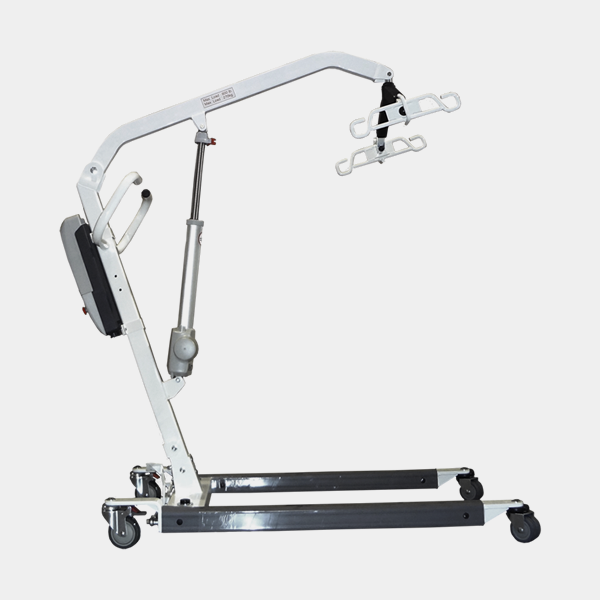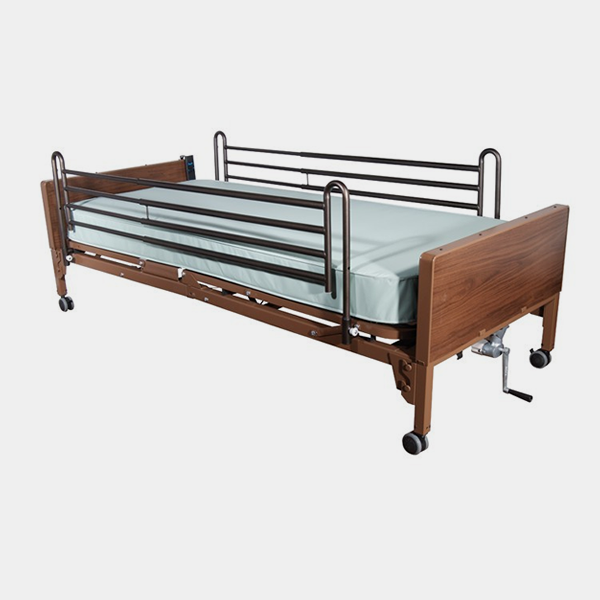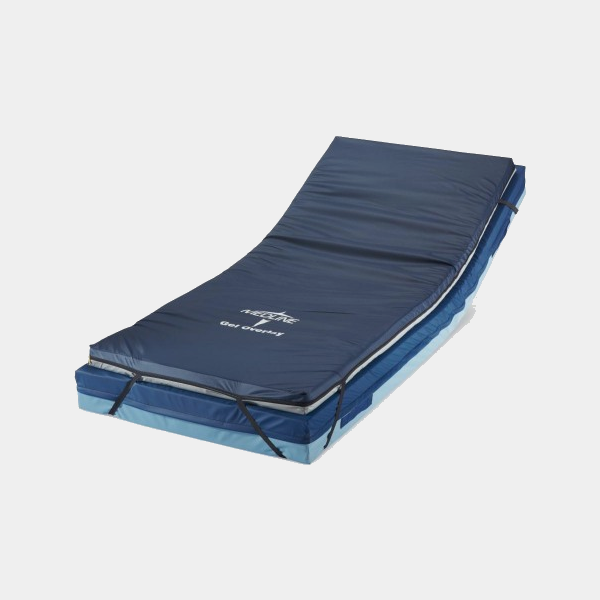Description
The standard patient lift is frequently called a Hoyer lift. “Hoyer” is a brand name and there are many other brands. The brand of lift you buy makes little difference. A manual lift is a bit more work but is less expensive and doesn’t have the electronics that could break down. But for frequent use every day, electric is nice. It is the choice of a sling that makes a lift workable! A hygiene sling, also called a split leg sling or toileting sling with a headrest is by far the best. Again, brand is far less important than the type. Compare prices for used equipment on Craig’s List. There is a lot of used equipment there. It is often minimally used and cheaper than buying new even if you have insurance/Medicare to cover a new one. Because you can buy locally, you can try out the equipment and don’t have to pay shipping.
Things to consider when buying this type of lift:
- Can it be lowered to the floor to pick up a person who has fallen?
- Will it fit under the bed you will be using? Most require 4 to 7 inches of space. Measure before buying.
- When the base is spread for stability, will it fit around your recliner or wheelchair? Measure before buying.
- Will it fit in your bathroom and bedroom? Requires at least a 5 foot square turning area. Suggestion: Before buying get the specifications list. Find the full length and width (with the base opened out). Cut cardboard to this size and see if you can fit and turn it on the floor in the hallways and rooms you will be working in.
- The type of sling you use with the lift is critical to how it will work for you. Refer to Toileting Using a Lift
- Weighs about 100 pounds. Consider the weight of the person and the ability of the caregiver to push the total weight.
- Hard to push and turn on carpeted floors.
- Requires storage space.
- Does not work as a bath lift for standard tub.
- Manual (hydraulic $550 and up. A battery powered ($1,300 and up) is easiest for caregivers.
- The bar (carriage) that the sling attaches to may have two, four, or six hooks. Two hooks are all that is needed.
- Some portable lifts are available but may not be usable with other brands of slings and the sling may not have head support.
Stand Up Lifts
- Have a sling seat behind you and a padded knee block in from to keep your knees from buckling.
- Require some weight bearing strength and some upper body strength and stability.
- Some require the arm strength to hold on to a bar.
- Cannot be lowered to the floor to pick up a person who has fallen.
- One brand, the Easy Pivot, lifts you to stand but leans you forward over a cushion so upper body strength isn’t needed. It may interfere with breathing however.







